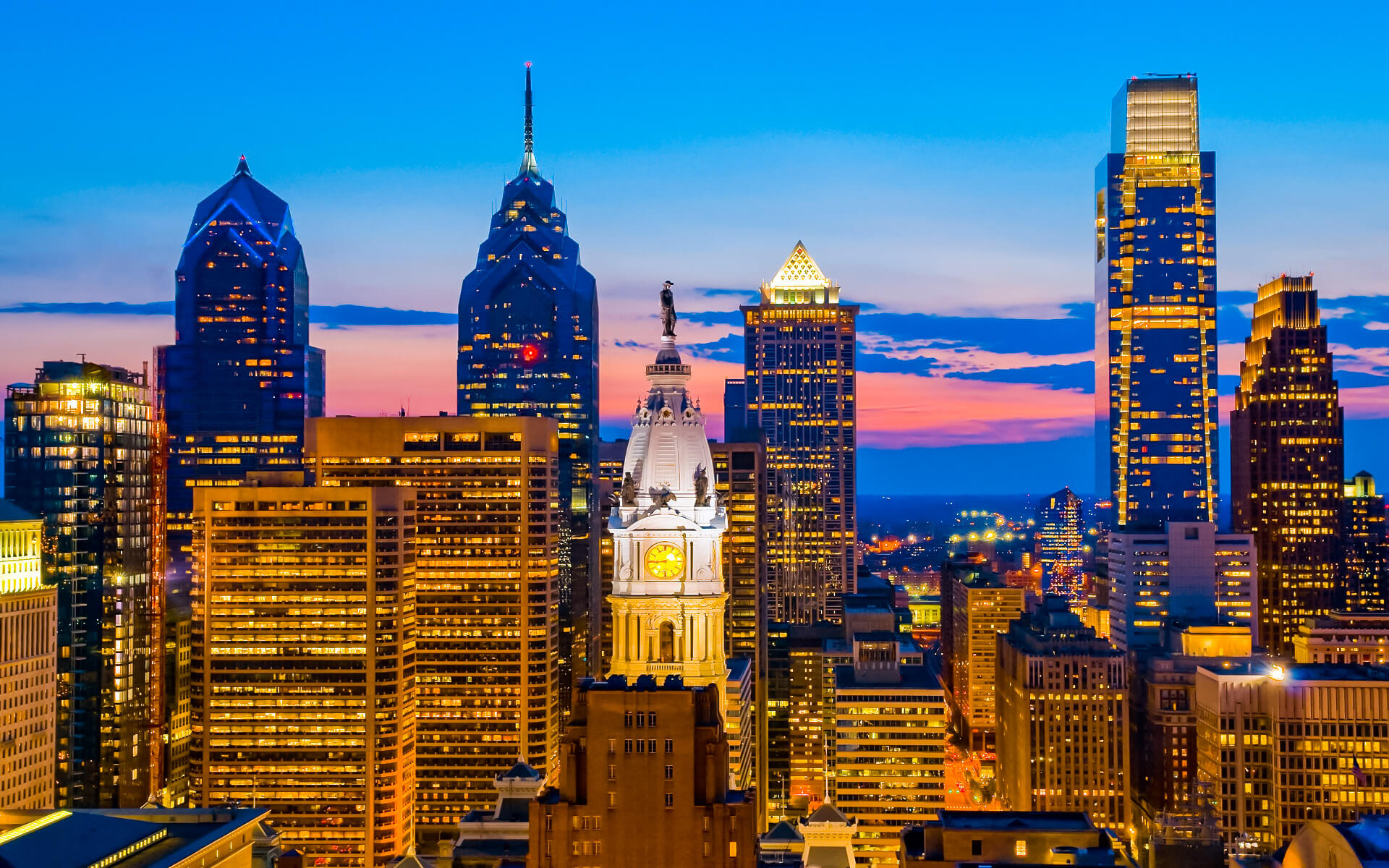[lwptoc]
Philadelphia is the state’s biggest city and the fifth-most populous in the United States, with an estimated population of 1,560,297 in 2014. Philadelphia, located in the northeastern United States at the confluence of the Delaware and Schuylkill rivers, serves as the economic and cultural anchor of the Delaware Valley, a metropolitan area with a population of 7.2 million and the eighth-largest combined statistical area in the United States.
William Penn established the city in 1682 to serve as the capital of the Pennsylvania Colony. Philadelphia was critical to the American Revolution by serving as a meeting venue for the United States’ Founding Fathers, who signed the Declaration of Independence in 1776 and the Constitution in 1787. Philadelphia was one of the nation’s capitals during the Revolutionary War, serving as the interim capital of the United States while Washington, D.C., was being built. Philadelphia developed as a significant industrial town and railroad hub in the nineteenth century as a result of an inflow of European immigration. It became a popular destination for African-Americans during the Great Migration, with a population exceeding two million by 1950.
Due to comparable movements in the nation’s economy in the late 1960s, Philadelphia lost manufacturing enterprises and employment to lower-taxed parts of the United States and often to other countries. As a consequence, Philadelphia’s economic basis, which had traditionally been manufacturing, suffered a considerable downturn. Additionally, consolidation in a number of American sectors (particularly retail, financial services, and health care) lowered the number of corporations located in Philadelphia. These changes would have a negative economic effect on Philadelphia’s tax base and municipal government resources. Philadelphia struggled for years to adapt to these economic shifts, which were accompanied by large demographic changes as richer inhabitants migrated to outlying suburbs and more immigrants came into the city. Indeed, the city came dangerously close to bankruptcy in the late 1980s. Gentrification started in the late 1990s, transforming numerous areas and reversing a decades-long trend of population decrease.
As a result of the city’s evolution as an educational and economic centre, the area’s many institutions and colleges have elevated Philadelphia to a top worldwide study destination. With a gross domestic output of $388 billion, Philadelphia is the ninth largest city in the world and the fourth largest in the United States. Philadelphia is the economic hub of Pennsylvania, with seven Fortune 1000 corporations headquartered there. The skyline of Philadelphia is expanding, including numerous nationally recognized buildings. The city is well-known for its arts, culture, and history, drawing more than 39 million domestic visitors in 2013. Philadelphia is home to more outdoor sculptures and murals than any other city in the United States, and Fairmount Park is the world’s biggest manicured urban park. The city’s 67 National Historic Landmarks contributed to the city’s $10 billion in tourist revenue. Philadelphia is the birthplace of the United States Marine Corps, as well as the site of numerous firsts in the United States, including the first library (1731), the first hospital (1751) and medical school (1765), the first Capitol (1777), the first stock exchange (1790), the first zoo (1874), and the first business school (1881). Philadelphia is the United States’ sole UNESCO World Heritage Site.


